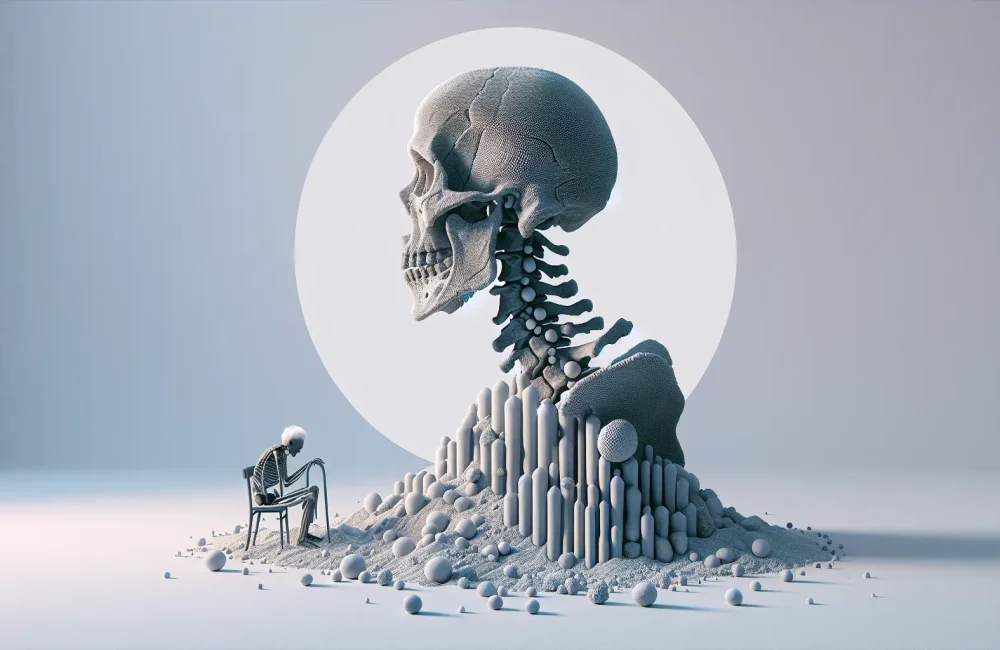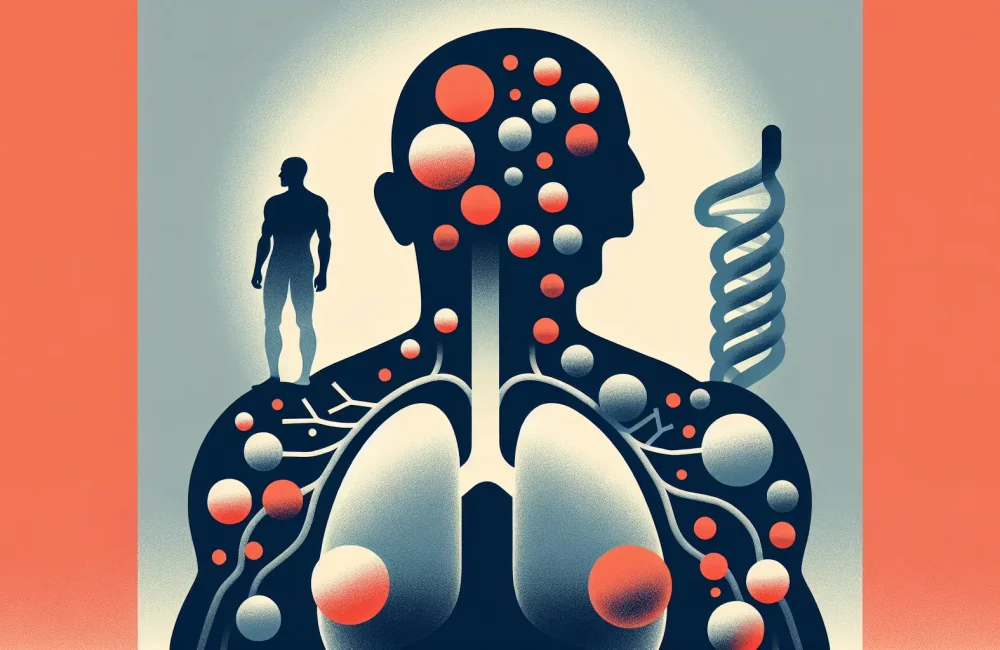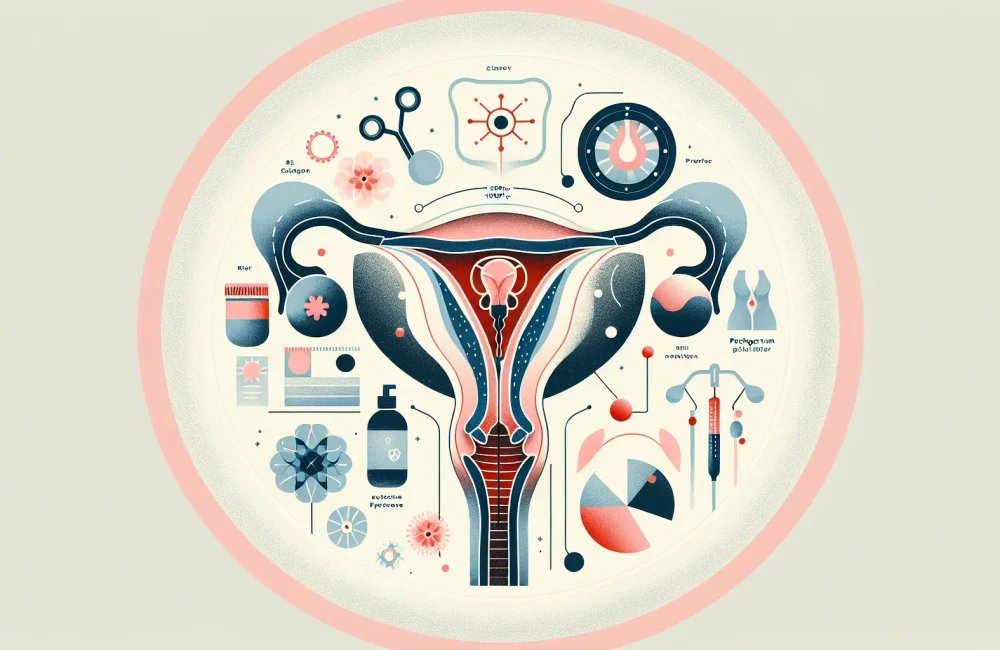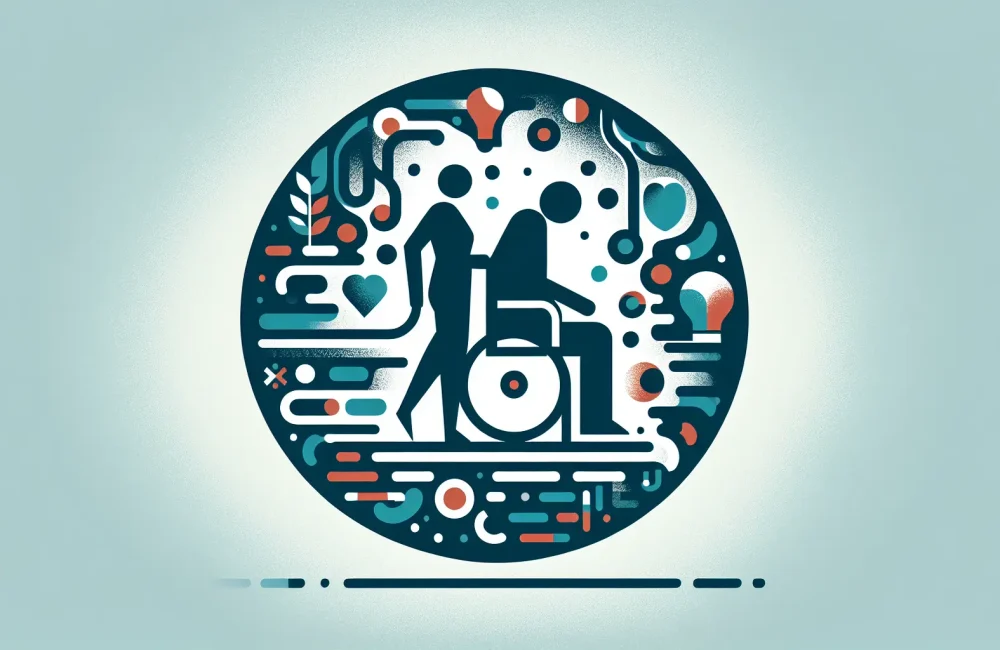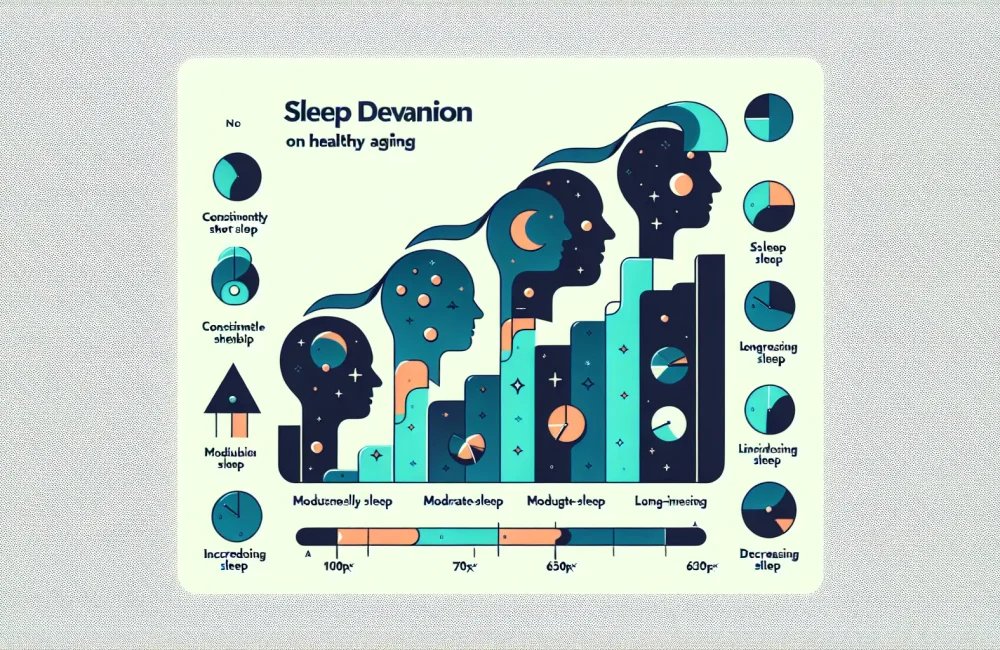By CAFMI AI From Frontiers in Medicine (Open Access)
Strong Link Between Bone Density and Respiratory Muscle Strength
Bone mineral density (BMD) T-score, a critical measure widely used to diagnose osteoporosis, has been investigated for its association with respiratory sarcopenia—a condition marked by the loss of respiratory muscle mass and function in the elderly. Respiratory sarcopenia severely affects older adults, compromising their breathing capabilities and overall health status. A recent cross-sectional study involving 280 participants aged 65 and above explored this association in detail, providing meaningful clinical insights. The study measured BMD using dual-energy X-ray absorptiometry to calculate T-scores and assessed respiratory muscle strength via maximal inspiratory pressure (MIP) and maximal expiratory pressure (MEP). Results demonstrated a clear decline in respiratory muscle strength among those with lower BMD T-scores. Specifically, individuals with decreased BMD showed significantly reduced MIP and MEP values, indicating weakened respiratory muscles. The analysis accounted for other important factors such as age, sex, body mass index (BMI), and physical activity levels, yet the association remained robust. Each unit reduction in BMD T-score correlated with a 1.5-fold increase in the odds of developing respiratory sarcopenia. This robust association underscores the interrelated nature of bone and muscle health in aging populations and highlights the need for clinicians to assess respiratory muscle function in patients with osteoporosis or low bone density. Such evaluations could enhance early detection of respiratory muscle decline and facilitate timely interventions.
Clinical Implications and Pathophysiology of Respiratory Sarcopenia with Osteoporosis
Understanding the clinical implications of the link between bone mineral density and respiratory sarcopenia is crucial for healthcare providers managing older adults, particularly in primary care settings. Shared pathophysiological mechanisms likely contribute to this relationship, including systemic inflammation, hormonal alterations, and decreased physical activity, all of which negatively impact both bone and muscle tissues. Osteoporosis and muscle degeneration co-occur with advancing age, exacerbating frailty and increasing susceptibility to adverse health outcomes such as respiratory failure and diminished quality of life. From a clinical perspective, this research advocates for integrated screening approaches to detect bone and respiratory muscle health concurrently, which may not be routine at present. Such measures could involve expanding bone density assessments to include evaluations of maximal respiratory pressures and muscle ultrasound imaging. Therapeutically, the data suggest that addressing osteoporosis in isolation might be insufficient. Instead, a holistic management plan targeting both bone preservation and muscle strengthening—including respiratory muscle training, physical rehabilitation, nutritional support, and hormonal therapy when indicated—may be essential to optimizing patient outcomes. This comprehensive strategy can be particularly beneficial for elderly patients exhibiting early signs of respiratory muscle weakness or those presenting with frequent respiratory complications.
Guidance for Practice: Screening, Management, and Follow-up in Older Adults
For US-based clinicians, integrating the findings of this study into routine practice involves expanding awareness and modifying existing workflows around osteoporosis and sarcopenia care. Early identification of respiratory sarcopenia in older adults with low bone density could be facilitated by incorporating respiratory muscle strength assessments into osteoporosis evaluations during annual wellness visits or specialist consultations. These assessments are feasible with equipment such as portable manometers for measuring MIP and MEP, along with ultrasound for respiratory muscle mass evaluation. Counseling older patients on the importance of physical activity, particularly exercises that strengthen respiratory and skeletal muscles, should be emphasized. Clinicians should also monitor for red flags like unexplained respiratory fatigue or frequent pulmonary infections that may indicate emerging respiratory muscle impairment. Follow-up care may require collaboration with pulmonologists, physiotherapists, and dietitians to design individualized management plans incorporating respiratory muscle training and optimized nutrition to maintain bone and muscle health. This multidisciplinary approach could improve respiratory function, reduce the risk of complications, and enhance overall quality of life for elderly patients, aligning well with current guidelines emphasizing comprehensive geriatric assessment and personalized intervention strategies.
Read The Original Publication Here
